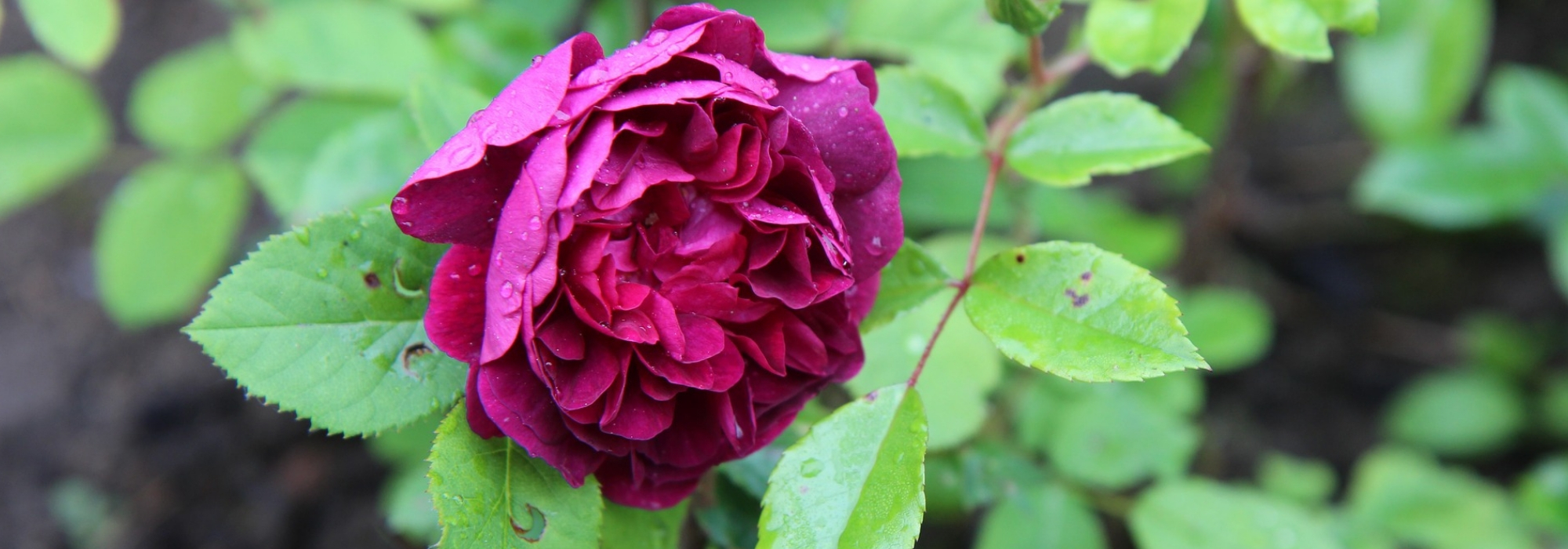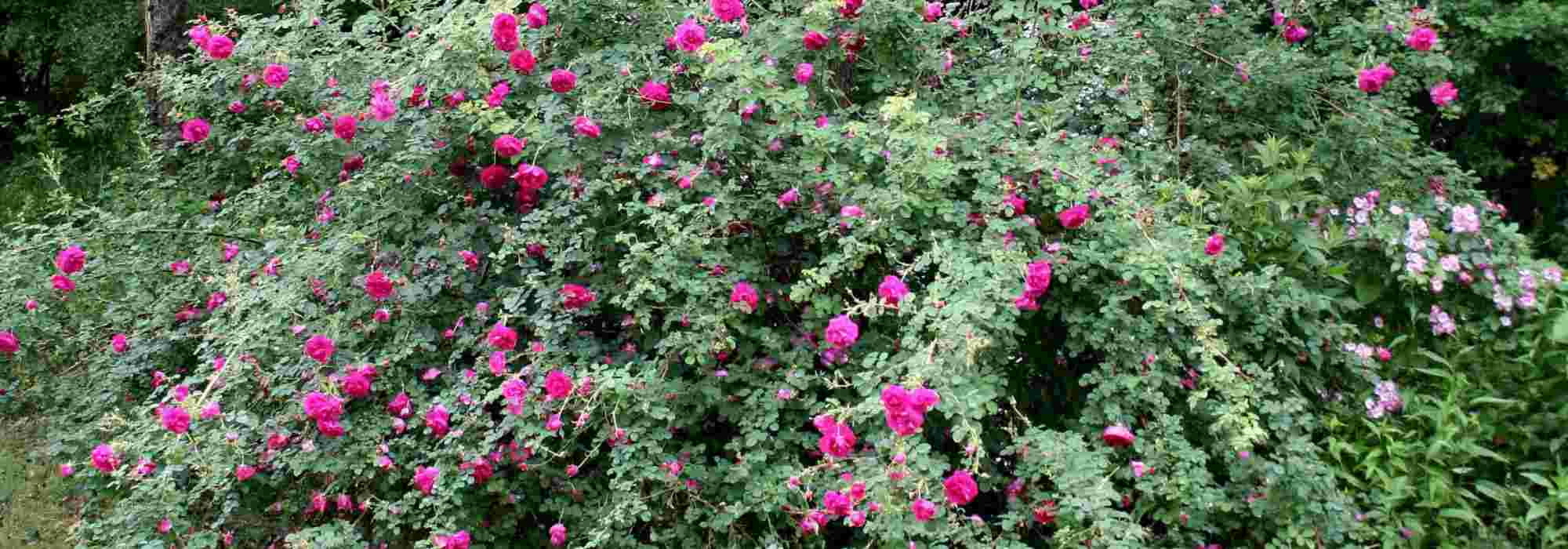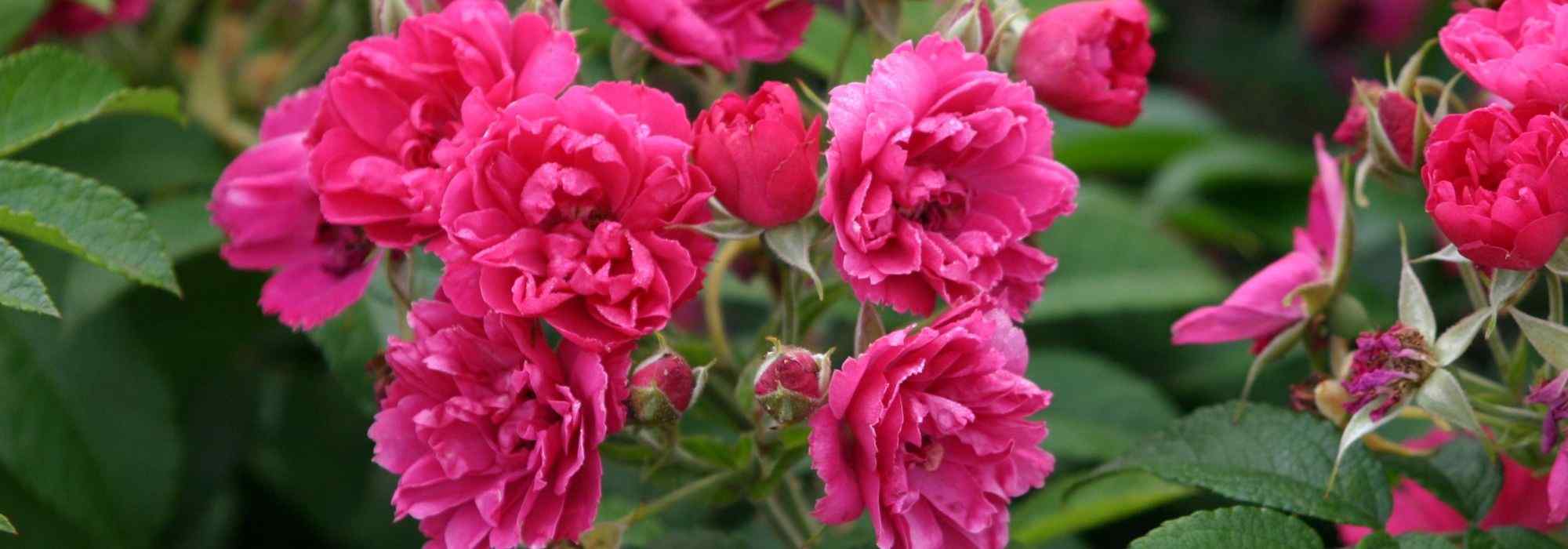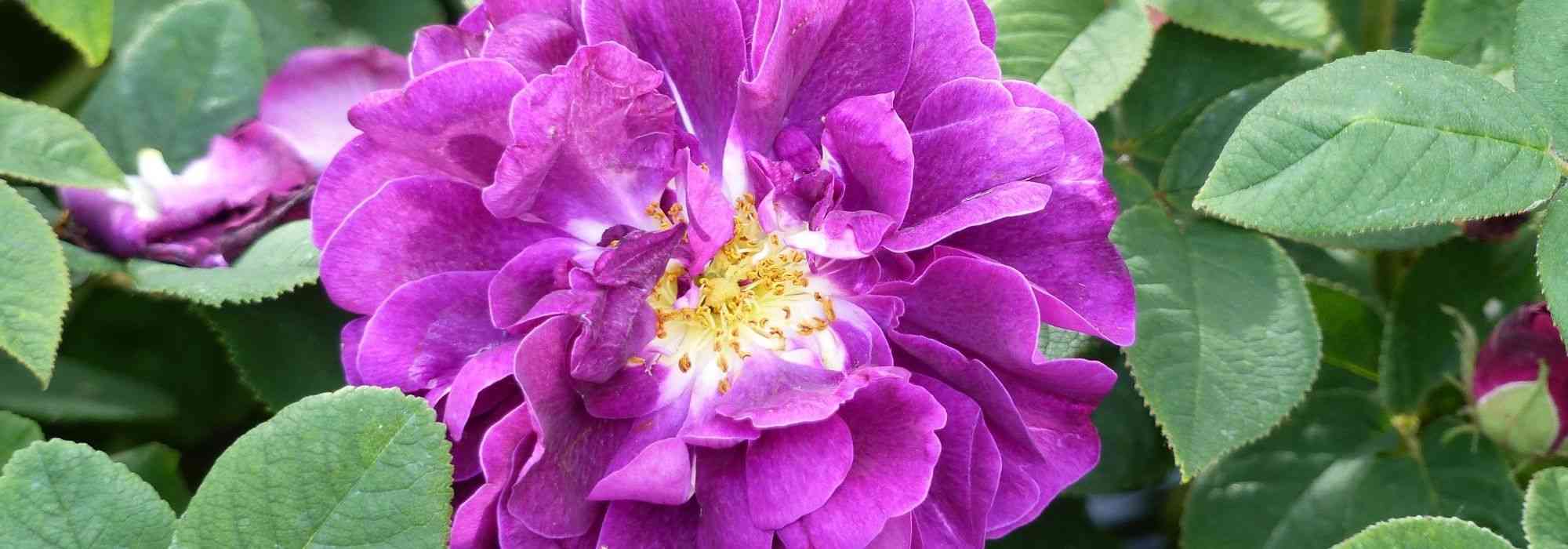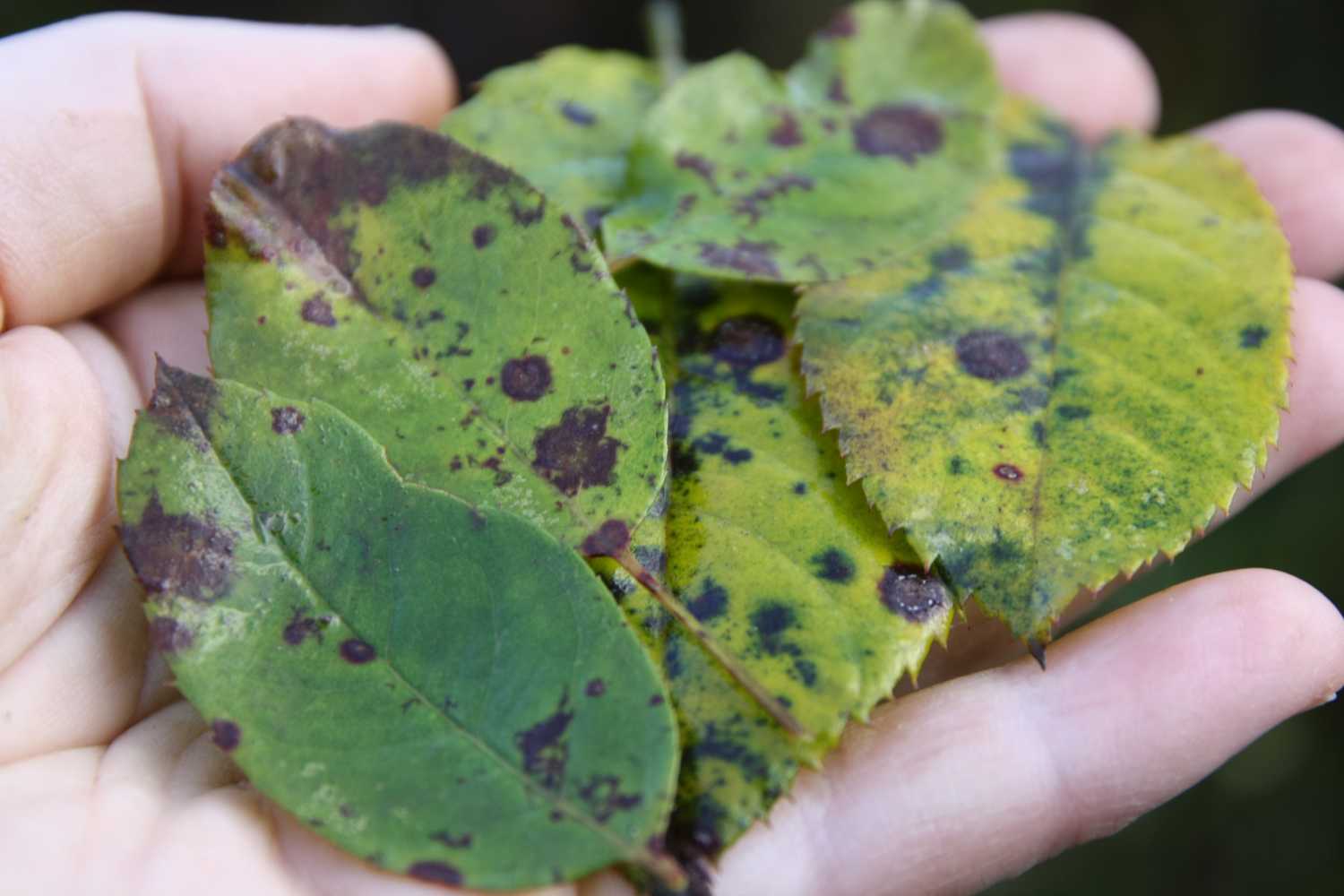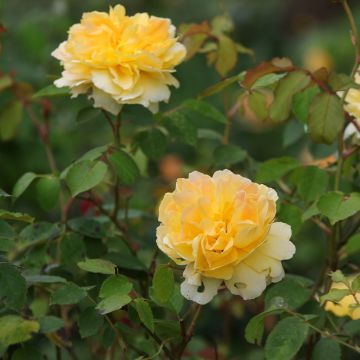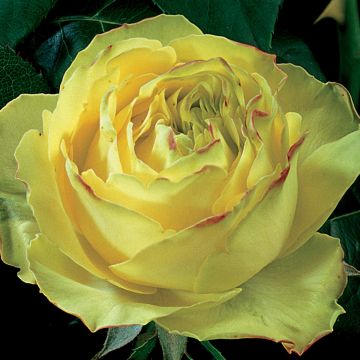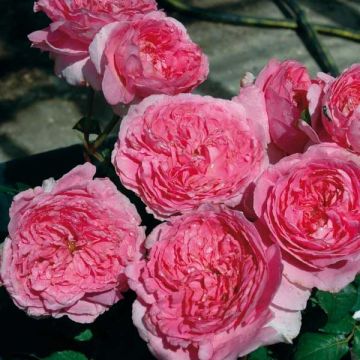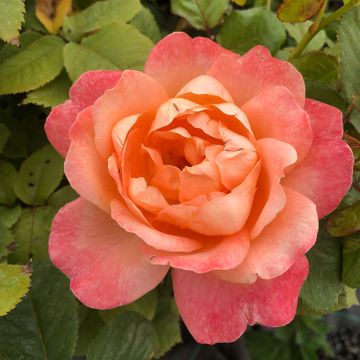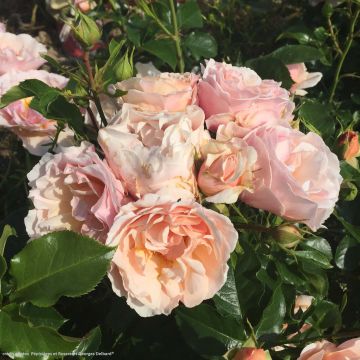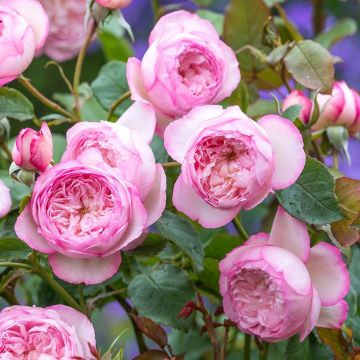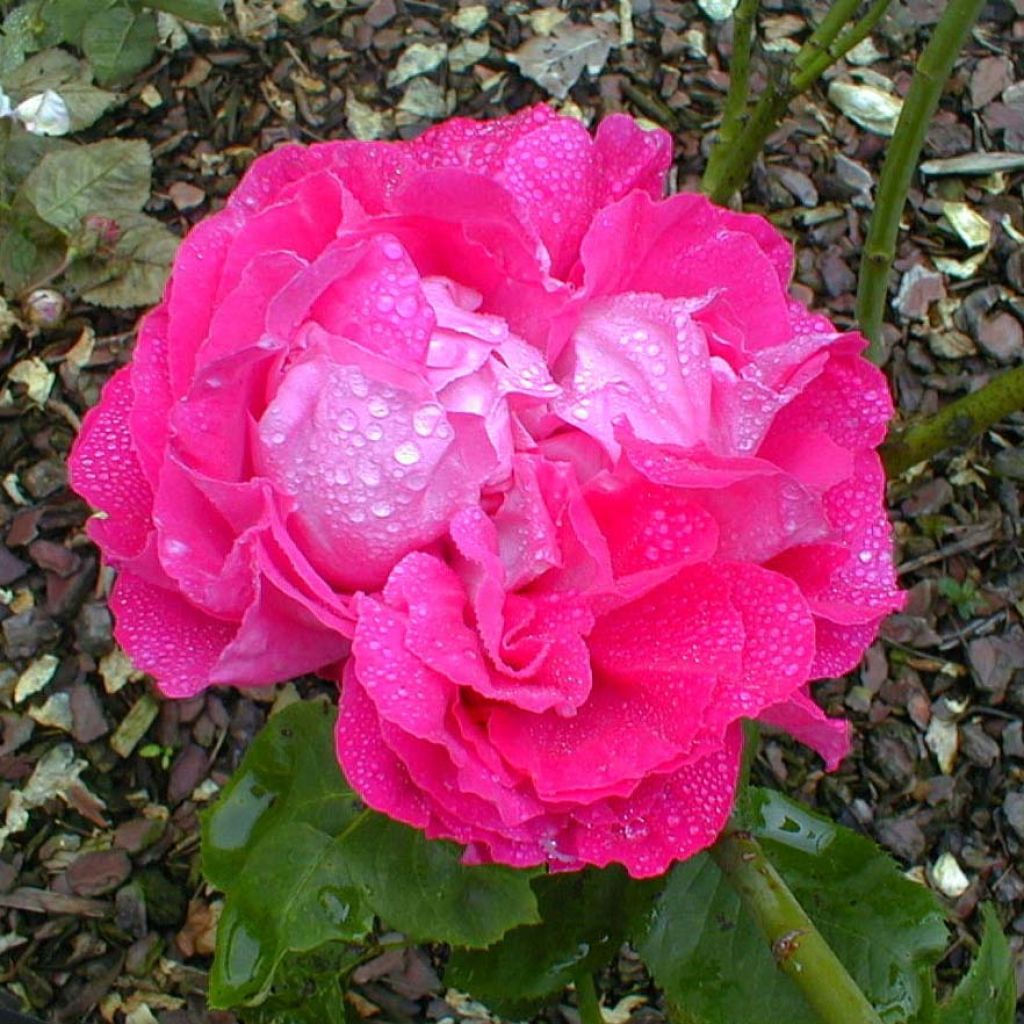

Rosa Paul Neyron - Repeat Flowering Rose
View more pictures
Hide images
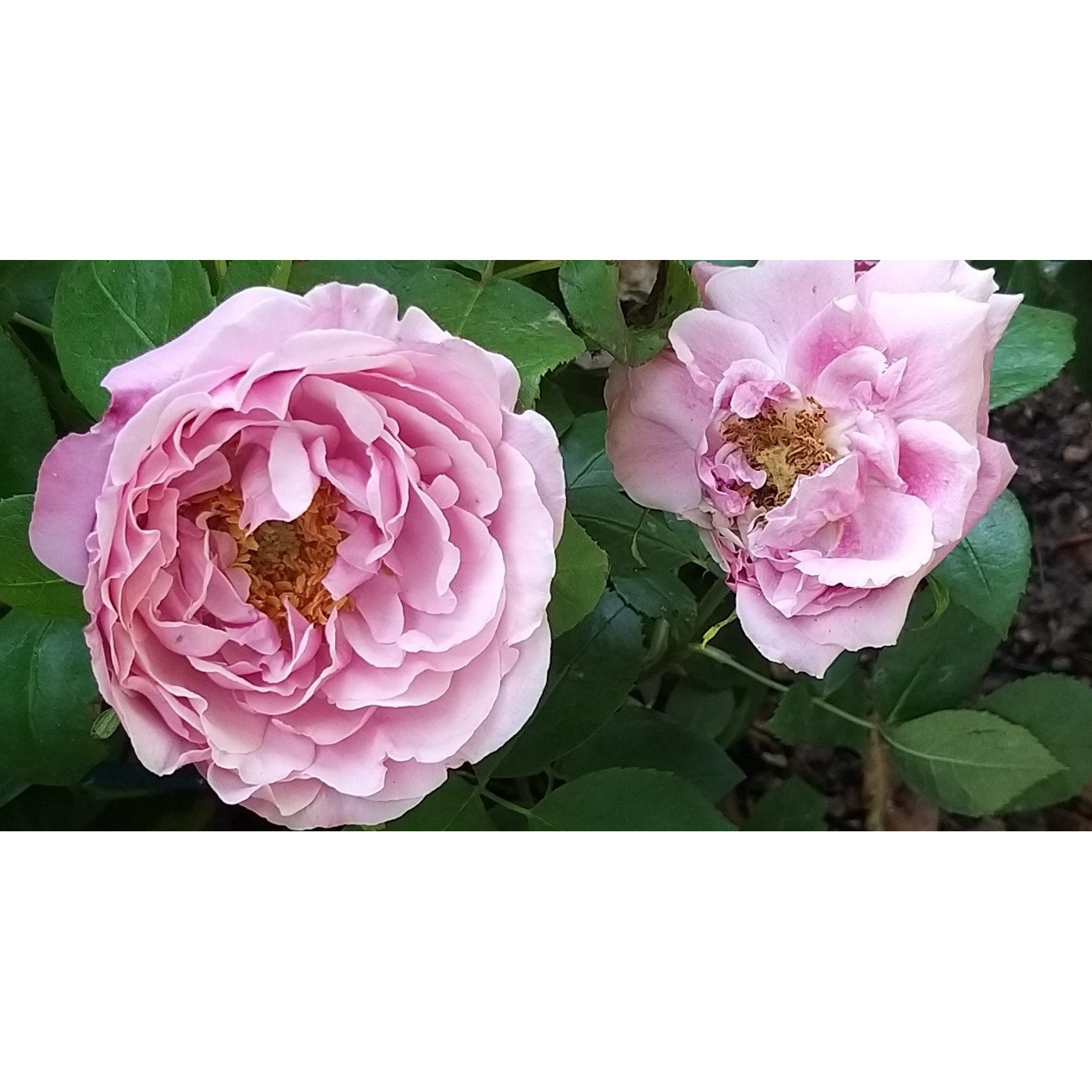
Thierry P.

June flowering - image 10
Thierry P. • 84 FR
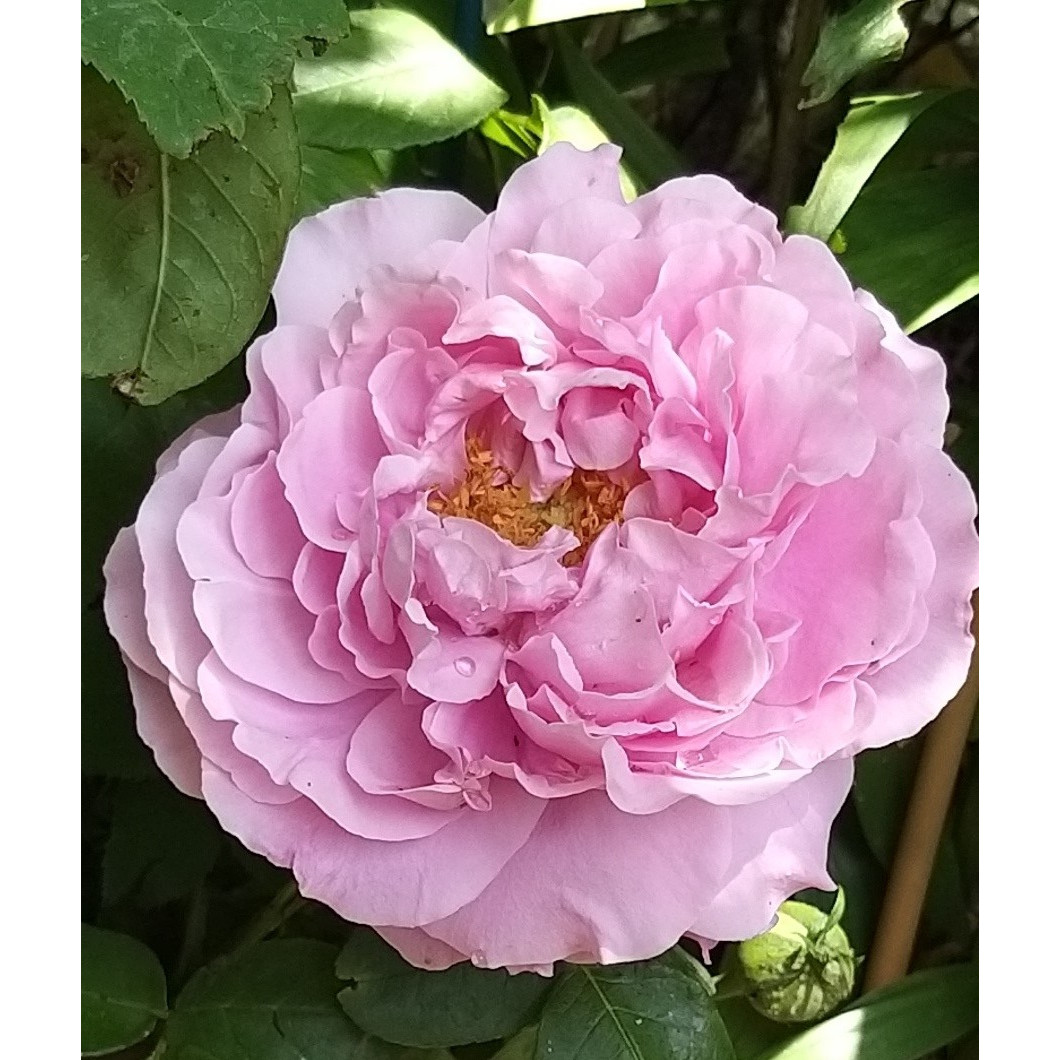
Thierry P.

June flowering - image 11
Thierry P. • 84 FR
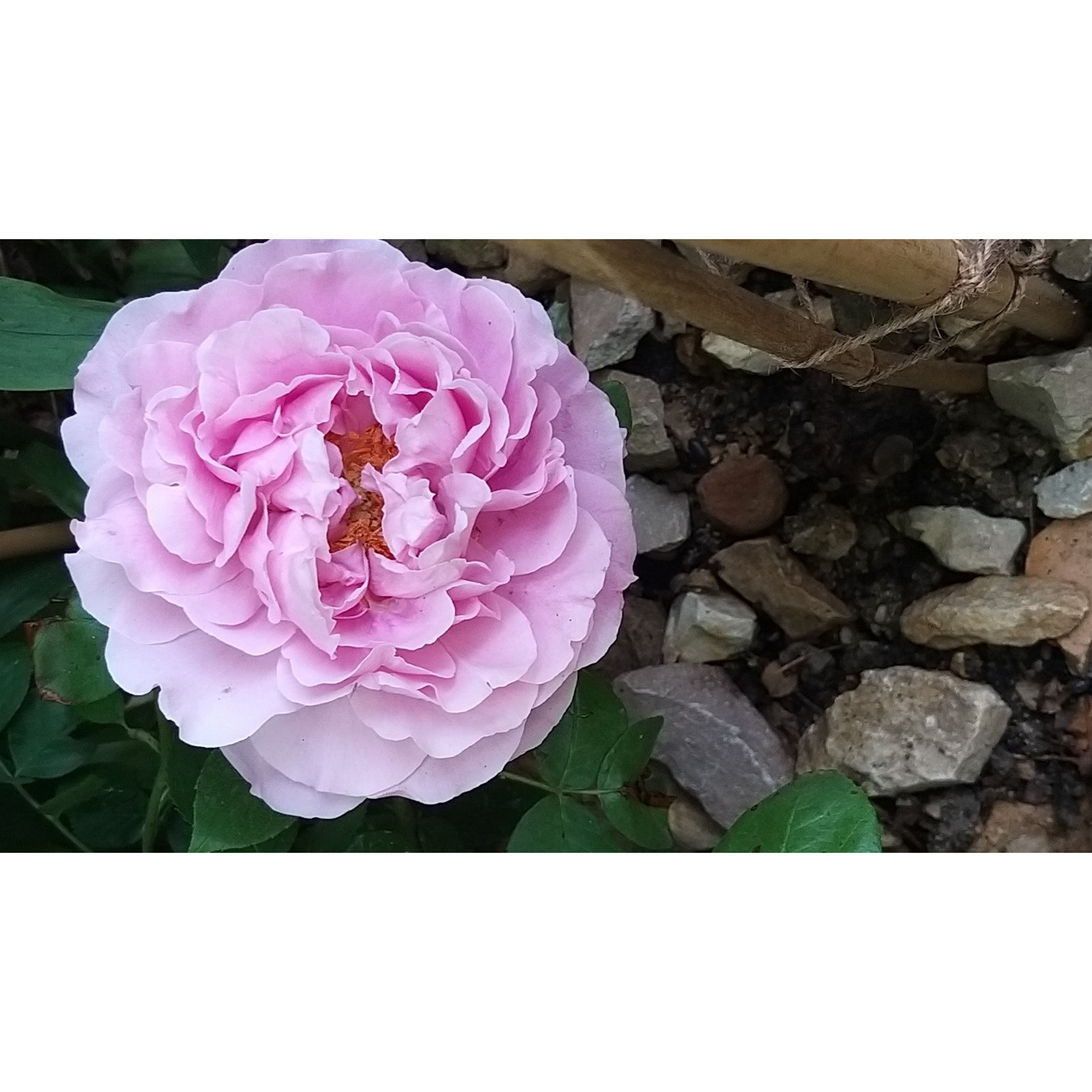
Thierry P.

June flowering - image 9
Thierry P. • 84 FR
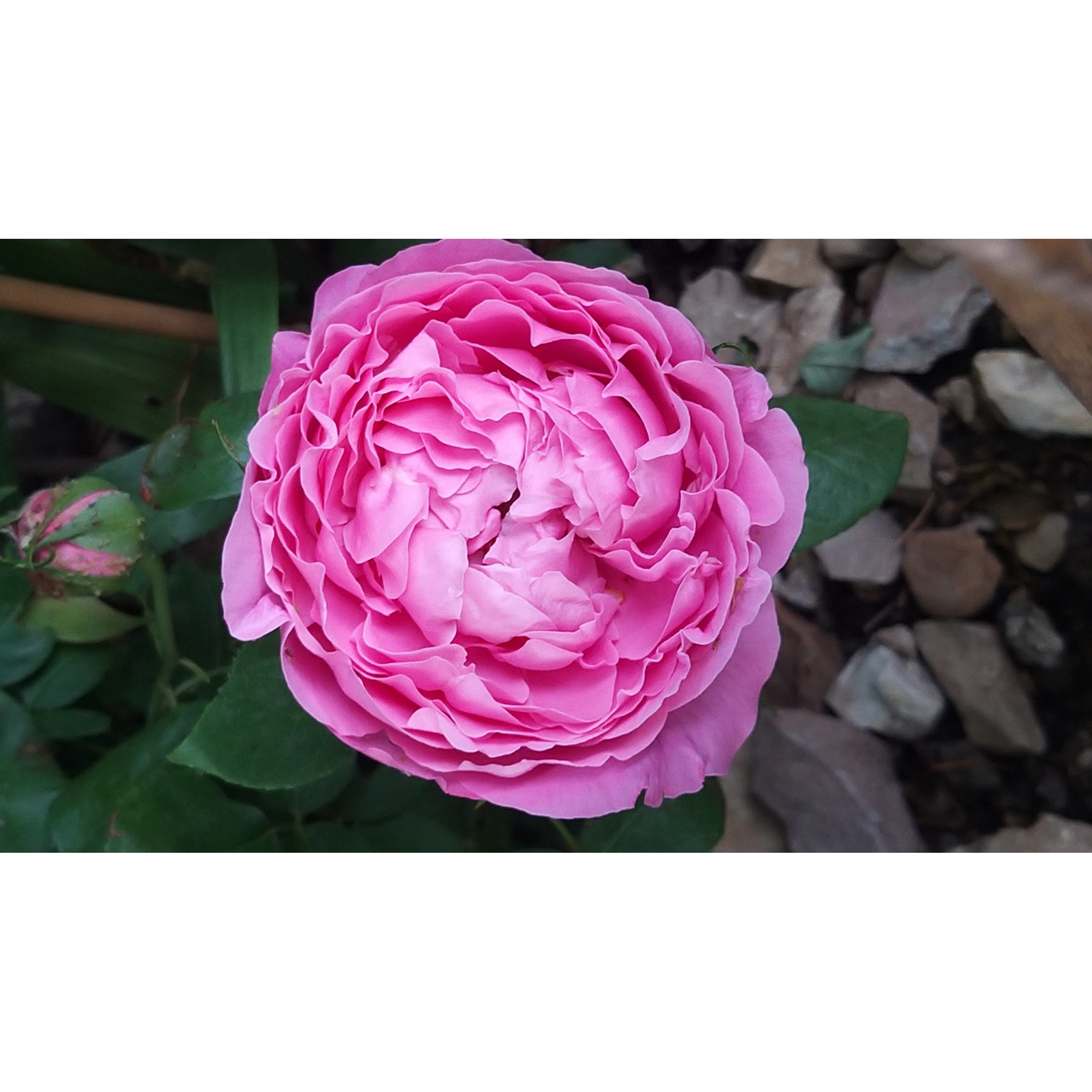
Thierry P.

June flowering - image 8
Thierry P. • 84 FR

Thierry P.

June flowering - image 7
Thierry P. • 84 FR
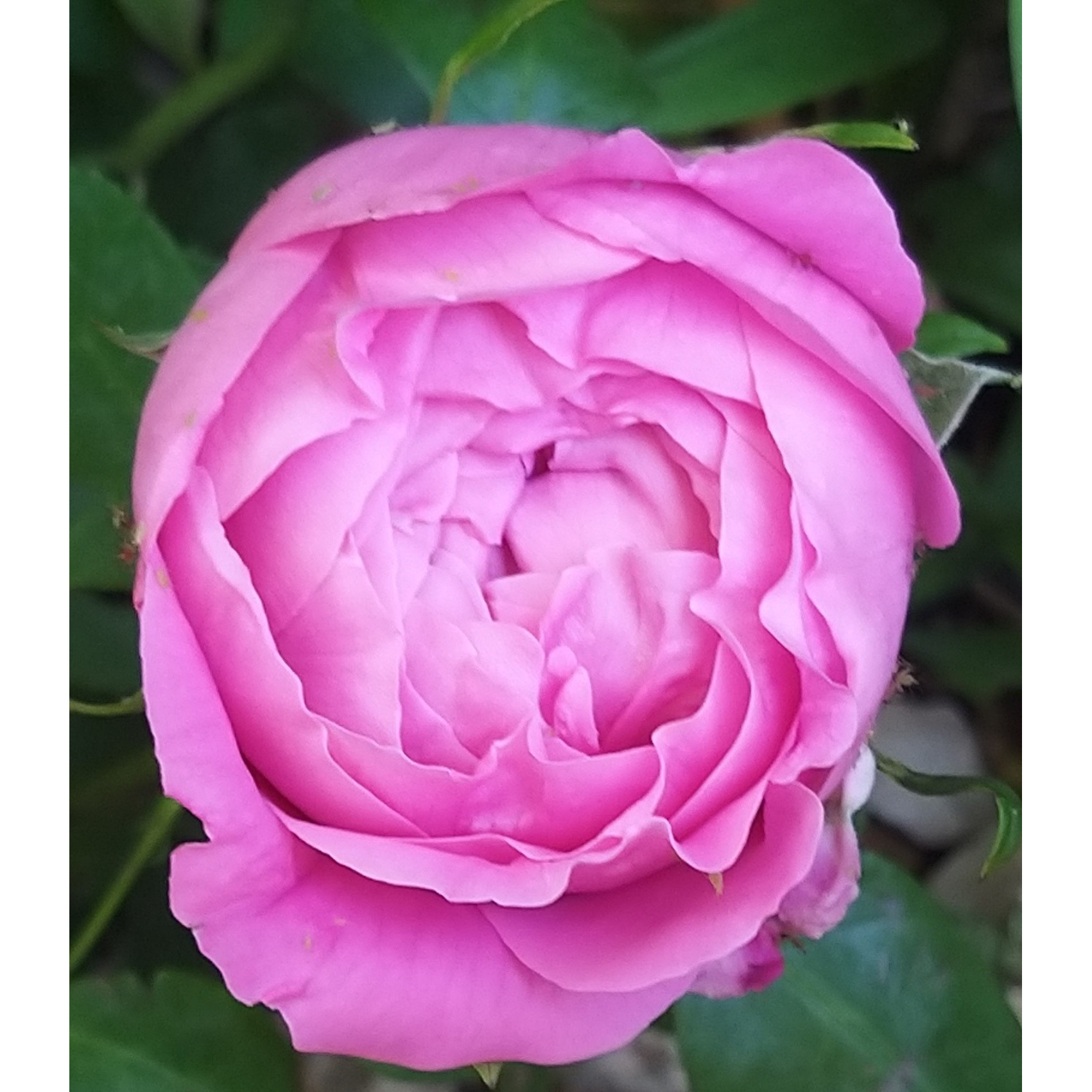
Thierry P.

June flowering - image 6
Thierry P. • 84 FR
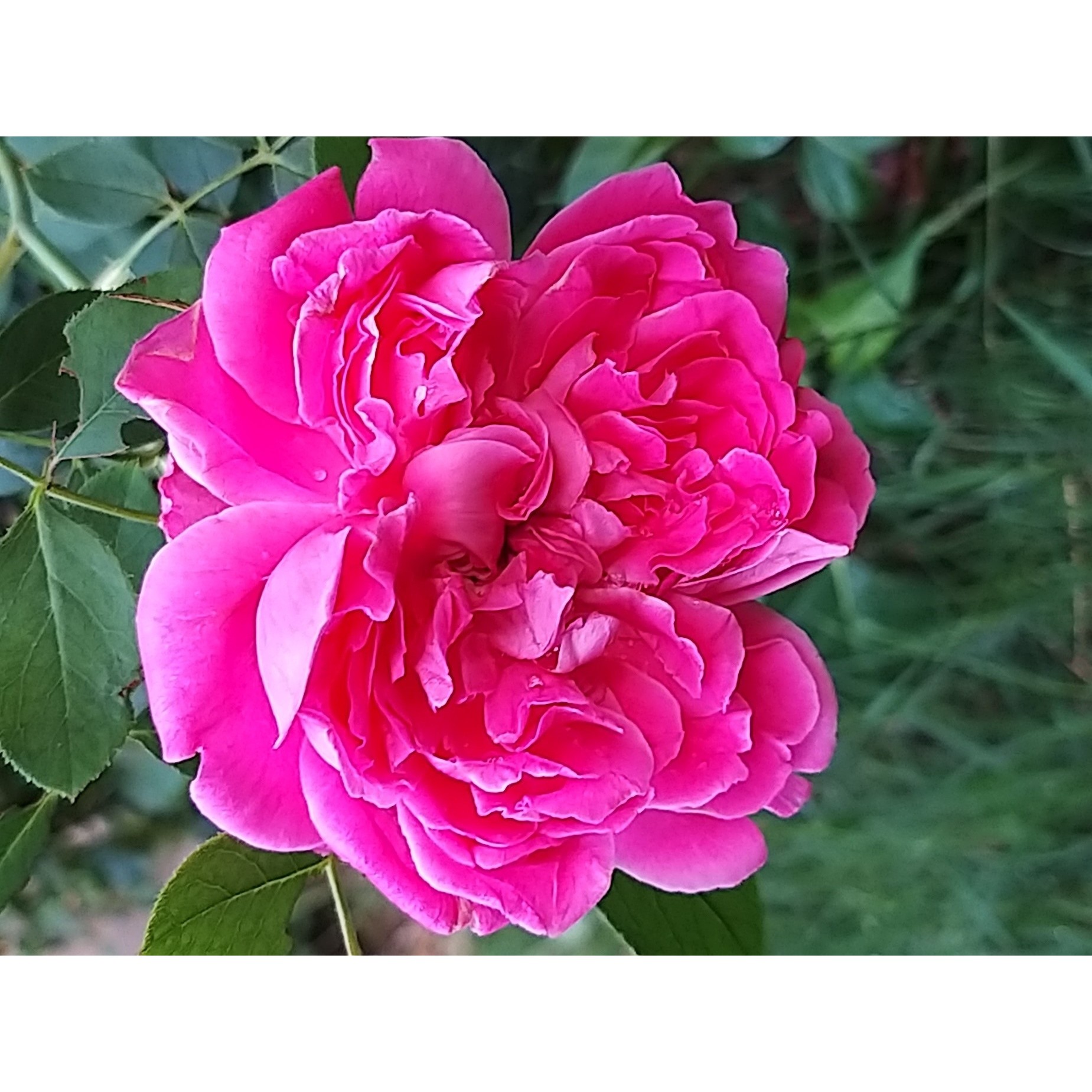
Thierry P.

August flowering - image 5
Thierry P. • 84 FR

Thierry P.

Flowering in August - image 4
Thierry P. • 84 FR
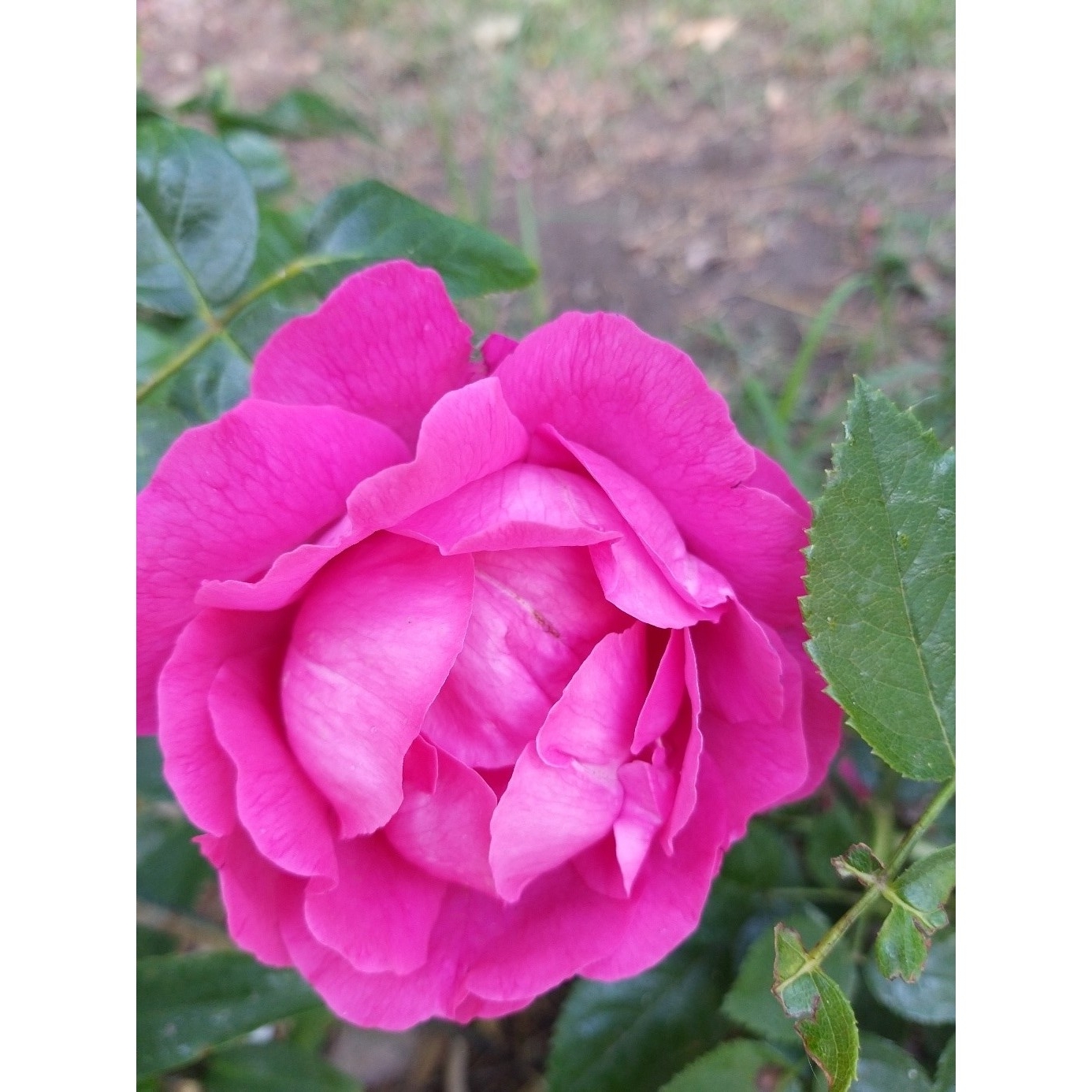
Thierry P.

May flowering - image 3
Thierry P. • 84 FR
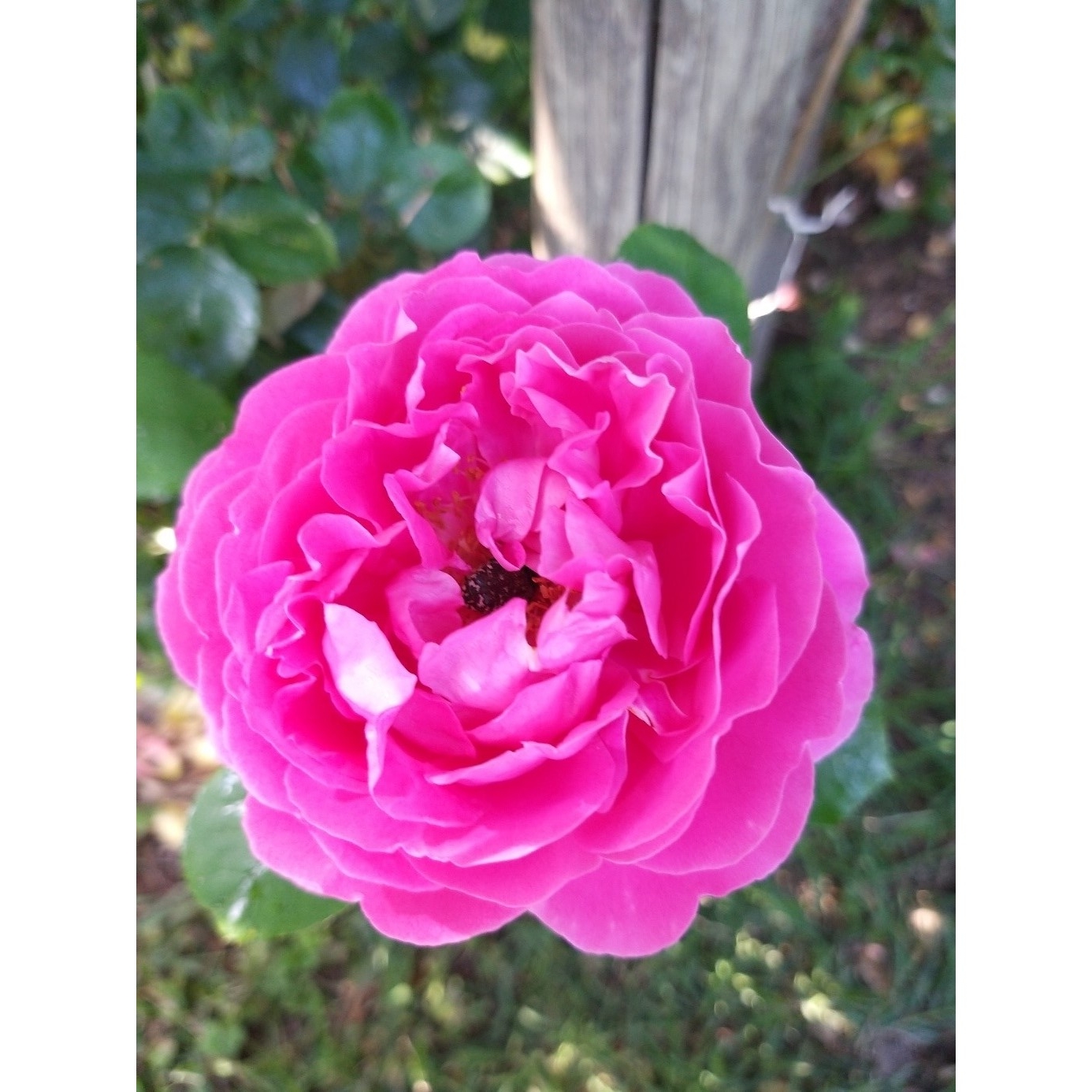
Thierry P.

May flowering - image 2
Thierry P. • 84 FR
Rosa Paul Neyron - Repeat Flowering Rose
Rosa Paul Neyron
Rose
Very beautiful water rose. I immediately planted the young plant and it immediately took root.
Ba Duong, 27/02/2022
Special offer!
Receive a €20 voucher for any order over €90 (excluding delivery costs, credit notes, and plastic-free options)!
1- Add your favorite plants to your cart.
2- Once you have reached €90, confirm your order (you can even choose the delivery date!).
3- As soon as your order is shipped, you will receive an email containing your voucher code, valid for 3 months (90 days).
Your voucher is unique and can only be used once, for any order with a minimum value of €20, excluding delivery costs.
Can be combined with other current offers, non-divisible and non-refundable.
Home or relay delivery (depending on size and destination)
Schedule delivery date,
and select date in basket
We guarantee the quality of our plants for a full growing cycle, and will replace at our expense any plant that fails to recover under normal climatic and planting conditions.
Description
The Old Rose Paul Neyron is a famous repeat flowering hybrid rose known for the size and shape of its flowers, which resemble large double peonies, as well as for its unique colour that has given its name to a specific shade of pink with lilac nuances. Forming an upright bush with almost no thorns, it is sturdy and has fresh green foliage that is shiny and resistant to diseases. 'Paul Neyron' flourishes in good growing conditions and blooms abundantly in early summer and repeat flowers generously in autumn. Its large fragrant flowers are carried by strong stems and are absolutely perfect in bouquets. It is undoubtedly a fantastic rose, in every way!
The 'Paul Neyron' rose is an old horticultural variety, bred in France in 1869 by Levet père by crossing the 'Victor Verdier' and 'Anna de Diesbach' varieties. It belongs to the complex family of Repeat Flowering Hybrids. 'Paul Neyron' forms a dense bush with an upright habit, usually reaching 1.50 m (4 ft 11 in) in height and 1.20 m (3 ft 11 in) in width. However, if supported against a wall, it can reach up to 2 m (6 ft 7 in) in height. Its deciduous foliage is fresh green and is carried by strong and almost thornless stems, perfectly supporting the weight of the flowers. It blooms abundantly in mid-June and again in September-October, with generosity, constancy, and regularity if faded flowers are removed. It produces large, round, pink buds. The young flowers are also globular, which then open into wide, double, flat cups measuring 15 cm (5.9 in) in diameter, revealing a pleated, somewhat casual interior. The approximately 50 undulated petals that make up the corolla are a medium pink with a hint of blue, lacking the freshness of candy pink or the warmth of red, while the reverse side is lighter and more silvery. This rose often bears multiple flowers on each particularly long and vigorous peduncle. The fragrance of these roses is light and very pleasant. The plant, sometimes prone to rust in damp soil, has good disease resistance.
In the past, this imposing 'Paul Neyron' rose was a must-have in any reputable rose catalogue. It has received numerous awards and can be found in many gardens, providing beautiful flowers for the home. With its bushy growth and ease of cultivation, it is easy to plant in any garden, in any climate. If you have little experience with roses, opt for this generous and truly undemanding rose. In flower beds, this rose pairs well with all kinds of perennials and bushes without being overpowering, such as catmints, autumn asters, irises, white foxgloves, or lilacs. It will also thrive when planted alone, placed along a path or near the terrace, to enjoy its fragrance until late in the season if the autumn is mild.
If you have enough space, English, Old, or Shrub Roses are beautiful when planted in groups of three. They will grow together to form one single opulent bush that will bloom even more generously.
Rosa Paul Neyron - Repeat Flowering Rose in pictures
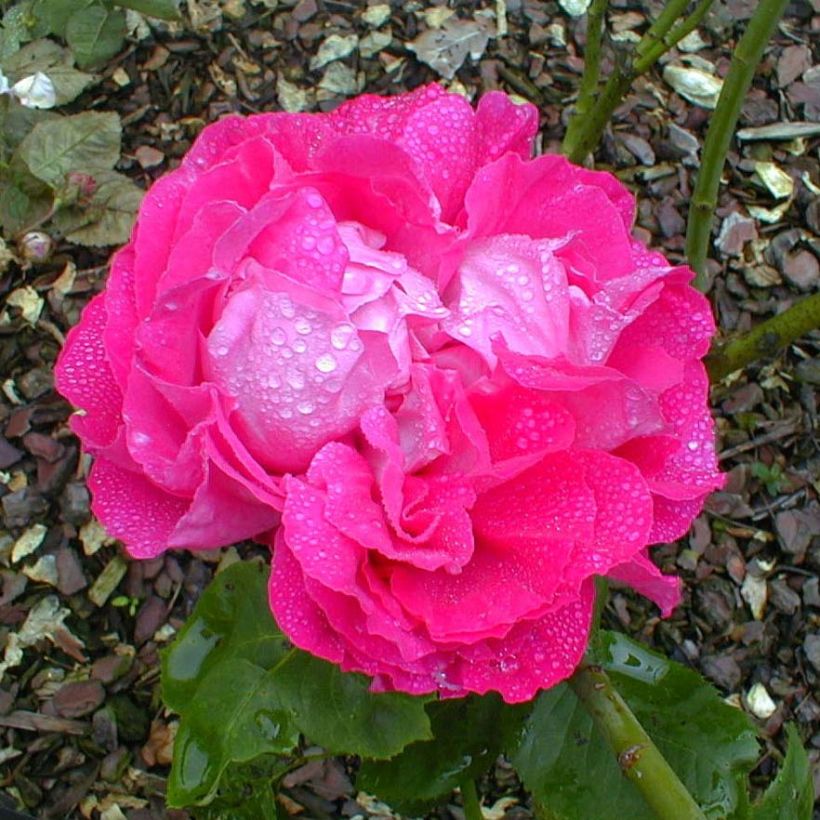

Plant habit
Flowering
Foliage
Botanical data
Rosa
Paul Neyron
Rosaceae
Rose
Cultivar or hybrid
Rosa multiflora (Wrapped bare root, 4L/5L pot)
Planting and care
Plant your 'Paul Neyron' Rose in a sunny or semi-shade position, which it will tolerate well, especially in hot climates. Old roses are hardy but do not appreciate excessive limestone. They will adapt to any garden as long as the soil is well worked, deep enough, not too heavy, and rich enough. To plant your rose, work the soil by working it well and put a soil improver or fertiliser at the bottom of the planting hole, such as blood, fish and bone. Water generously after planting to remove any air pockets, and during dry weather for the first two years. Water regularly for a few weeks to encourage rooting.
Pruning old roses mainly consists of removing faded flowers gradually, unless you want to keep the decorative hips.
Avoid pruning it to maintain an interesting bushy shape.
However, in late winter (March), you can still remove branches located in the middle of the bush that tend to overwhelm the plant.
Planting period
Intended location
Care
Planting & care advice
-
, onOrder confirmed
Reply from on Promesse de fleurs
Similar products
Haven't found what you were looking for?
Hardiness is the lowest winter temperature a plant can endure without suffering serious damage or even dying. However, hardiness is affected by location (a sheltered area, such as a patio), protection (winter cover) and soil type (hardiness is improved by well-drained soil).

Photo Sharing Terms & Conditions
In order to encourage gardeners to interact and share their experiences, Promesse de fleurs offers various media enabling content to be uploaded onto its Site - in particular via the ‘Photo sharing’ module.
The User agrees to refrain from:
- Posting any content that is illegal, prejudicial, insulting, racist, inciteful to hatred, revisionist, contrary to public decency, that infringes on privacy or on the privacy rights of third parties, in particular the publicity rights of persons and goods, intellectual property rights, or the right to privacy.
- Submitting content on behalf of a third party;
- Impersonate the identity of a third party and/or publish any personal information about a third party;
In general, the User undertakes to refrain from any unethical behaviour.
All Content (in particular text, comments, files, images, photos, videos, creative works, etc.), which may be subject to property or intellectual property rights, image or other private rights, shall remain the property of the User, subject to the limited rights granted by the terms of the licence granted by Promesse de fleurs as stated below. Users are at liberty to publish or not to publish such Content on the Site, notably via the ‘Photo Sharing’ facility, and accept that this Content shall be made public and freely accessible, notably on the Internet.
Users further acknowledge, undertake to have ,and guarantee that they hold all necessary rights and permissions to publish such material on the Site, in particular with regard to the legislation in force pertaining to any privacy, property, intellectual property, image, or contractual rights, or rights of any other nature. By publishing such Content on the Site, Users acknowledge accepting full liability as publishers of the Content within the meaning of the law, and grant Promesse de fleurs, free of charge, an inclusive, worldwide licence for the said Content for the entire duration of its publication, including all reproduction, representation, up/downloading, displaying, performing, transmission, and storage rights.
Users also grant permission for their name to be linked to the Content and accept that this link may not always be made available.
By engaging in posting material, Users consent to their Content becoming automatically accessible on the Internet, in particular on other sites and/or blogs and/or web pages of the Promesse de fleurs site, including in particular social pages and the Promesse de fleurs catalogue.
Users may secure the removal of entrusted content free of charge by issuing a simple request via our contact form.
The flowering period indicated on our website applies to countries and regions located in USDA zone 8 (France, the United Kingdom, Ireland, the Netherlands, etc.)
It will vary according to where you live:
- In zones 9 to 10 (Italy, Spain, Greece, etc.), flowering will occur about 2 to 4 weeks earlier.
- In zones 6 to 7 (Germany, Poland, Slovenia, and lower mountainous regions), flowering will be delayed by 2 to 3 weeks.
- In zone 5 (Central Europe, Scandinavia), blooming will be delayed by 3 to 5 weeks.
In temperate climates, pruning of spring-flowering shrubs (forsythia, spireas, etc.) should be done just after flowering.
Pruning of summer-flowering shrubs (Indian Lilac, Perovskia, etc.) can be done in winter or spring.
In cold regions as well as with frost-sensitive plants, avoid pruning too early when severe frosts may still occur.
The planting period indicated on our website applies to countries and regions located in USDA zone 8 (France, United Kingdom, Ireland, Netherlands).
It will vary according to where you live:
- In Mediterranean zones (Marseille, Madrid, Milan, etc.), autumn and winter are the best planting periods.
- In continental zones (Strasbourg, Munich, Vienna, etc.), delay planting by 2 to 3 weeks in spring and bring it forward by 2 to 4 weeks in autumn.
- In mountainous regions (the Alps, Pyrenees, Carpathians, etc.), it is best to plant in late spring (May-June) or late summer (August-September).
The harvesting period indicated on our website applies to countries and regions in USDA zone 8 (France, England, Ireland, the Netherlands).
In colder areas (Scandinavia, Poland, Austria...) fruit and vegetable harvests are likely to be delayed by 3-4 weeks.
In warmer areas (Italy, Spain, Greece, etc.), harvesting will probably take place earlier, depending on weather conditions.
The sowing periods indicated on our website apply to countries and regions within USDA Zone 8 (France, UK, Ireland, Netherlands).
In colder areas (Scandinavia, Poland, Austria...), delay any outdoor sowing by 3-4 weeks, or sow under glass.
In warmer climes (Italy, Spain, Greece, etc.), bring outdoor sowing forward by a few weeks.


































